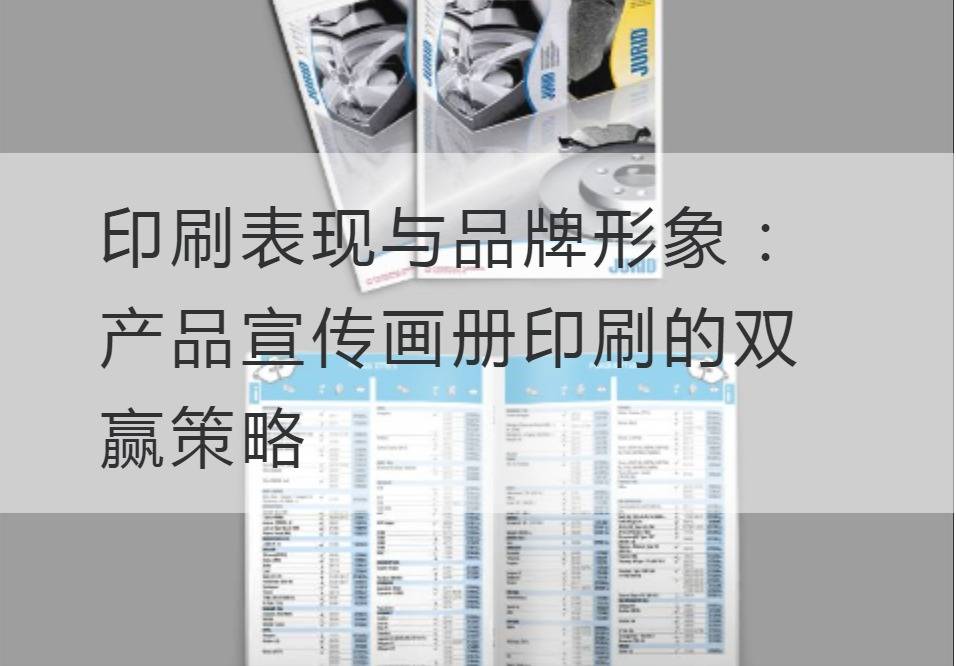Print Performance and Brand Image: Win-win strategy of product brochure printing
In today's fierce competition market, how to create a unique brand image has become the target of enterprises. As a powerful tool of product publicity, printing plays an important role in shaping the brand image. For the traditional printed matter-picture album, its excellent printing performance is an important booster of brand image communication. Today, we're going to introduce a win-win strategy: How to improve the brand image of product brochure through printing performance, open a sales door for enterprises.
First of all, print performance is the best spokesperson for the album brand image. In the field of printing, both the innovation of printing technology and printing materials provide a wider development space for the expressiveness of printed matter. With advanced printing technology, the album can reveal more detail and accurate color reproduction, making the product image more realistic and natural, giving consumers an immersive shopping experience. At the same time, the selection of high-quality printing materials can also enhance the viewing and texture of the album, so that the product promotion has more touch and recognition. The innovation of printing undoubtedly provides a great help to the shaping of brand image, making the album become a window to show the strength and innovation ability of enterprises.

Secondly, the creation of brand image can not be separated from the fusion of inspiration and art. With the development of the times, the traditional print has gotten rid of the single text and image display, and began to incorporate more artistic expression forms. Printing is no longer just a mere craft, but also a kind of artistic transmission. Brand image requires unique inspiration and creativity to make the album a work of art. In the design, we can try to use the modern pattern style and color collocation, through the graphic design technique to give the album new vitality. At the same time, with the exquisite typography and font selection, the album is not only a product propaganda tool, but also a kind of artwork that can cause resonance and emotional resonance. The printing performance of the album conveys the brand image to consumers through the artistic way, and has a far-reaching influence.
Finally, I would like to quote an ancient poem related to the topic: "The mountains and rivers are in doubt, and the willows are dark and the flowers are bright. "As this poem depicts, there is a wonderful power of fusion between print expression and brand image, creating a new possibility. Print performance can bring more possibilities to product brochures, making them a bridge between the brand and the consumer. Through a beautiful picture book, consumers can better understand the strengths and characteristics of the brand, thereby building a sense of trust and loyalty to the brand. Conversely, the accumulation of brand image also provides a broader market space and audience base for album printing. Both businesses and consumers can get a win-win outcome.
To sum up, there is a close relationship and interaction between print performance and brand image. The promotion of the brand image of the product brochure through printing performance can not only enhance the brand value and popularity, but also open the door of enterprise sales. The printing of the album is not only a simple technical process, but also a kind of artistic work that shows the strength and creativity of the brand. Let's believe that under the win-win strategy of print performance and brand image,Product brochure printingBe able to become the best in brand communication and start a new journey of enterprise business.
Recommended Reading:
Textural Conversation: The Importance of Paper Selection for Picture Albums
Integration and Embodiment of Humanized Design Concept in Brand Album Design
Picture albums that carry memories: A tribute to history and art
Harness Color: Professional Techniques for Color Selection in Picture Albums



